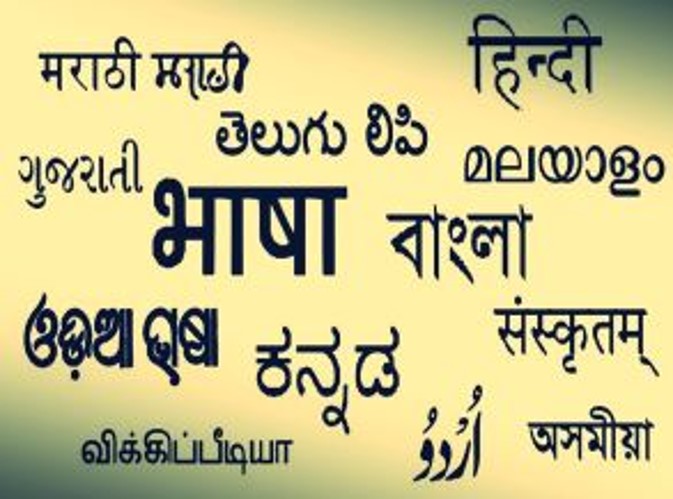Tenses in English

- Admin 21
- 20 Nov, 2024
Tenses:
The three main verb tenses are the past, present, and future, but there are also four grammatical aspects: simple, continuous, perfect, and perfect continuous. When you combine the three time periods with the four aspects, twelve unique verb tenses.
Verb tenses are changes or additions to verbs to show when the action took place: in the past, present, or future. The phrase verb tense is also used for grammatical aspects, which add more details about the duration or time an action takes. When combine the four grammatical aspects with the past, present and future, it's end up with twelve main verb tenses in English. Verb tenses are essential for speaking English correctly, but with all the different forms and functions, they can get confusing.
What is a verb tense?
Verb tenses show when an action took place, as well as how long it occurred. The main verb tenses are the past, present, and future. There are also additional aspects that give extra details, such as the length of time the action occurred, which actions happened first, or whether a past action has an impact on the present. These grammatical aspects are the simple tense, perfect tense, continuous tense, and perfect continuous tense.
How many tenses are there in English?
The standard tense in English is the present tense, which is usually just the root form of the verb. The past and future tenses often require changes or additions to the root form, such as the suffix –ed for the past tense and the modal verb will for the future. However, for each of the past, present, and future tenses, there are four different aspects that add additional details. For example, the continuous tense shows that an action is ongoing. It can be used in the present (she is sleeping), past (she was sleeping), or future (she will be sleeping).
Past, present, and future tenses
The past, present, and future are the central divisions of time in English. The present represents actions happening now, while the past represents actions that happened earlier, and the future describes actions that will happen later.
Simple Tense
The simple tense is a grammatical aspect that refers to the normal forms of the past, present, and future tenses—nothing fancy, unlike the other aspects, it doesn't add any new information. True to its name, simple tenses are the easiest to form and have the fewest rules.
Perfect Tense
The definition of the perfect tense is a little more complicated. It's used for actions that relate to other points in time, either completed or ongoing.
For example, in the sentence I have played soccer since I was a child, the perfect tense indicates that the action occurred continuously in the past and still happens in the present. By contrast, in the sentence I played soccer when I was a child, the simple past tense indicates that the action occurred only in the past, and has no relation to the present. The perfect tenses use a conjugation of the auxiliary verb have with the past participle of the main verb.
Continuous Tense
The continuous tenses (also known as the progressive tenses) for ongoing actions or actions that happen a while before completion. For example, They are studying all night means the studying lasts many hours before it's finished. It's usually do not use the continuous tense with stative verbs like want, love, have, and need. The continuous tenses use a conjugation of the auxiliary verb be along with the main verb's present participle, or –ing form.
Perfect Continuous Tense
When combine the perfect and continuous tenses, get the perfect continuous tense. It's typically used just like the perfect tense, except it describes ongoing actions that happen over a period of time.
The construction of the perfect continuous tense uses a conjugation of the auxiliary verb have, the auxiliary verb been (the past participle of be), and the present participle of the main verb.
Leave a Reply
Your email address will not be published. Required fields are marked *







